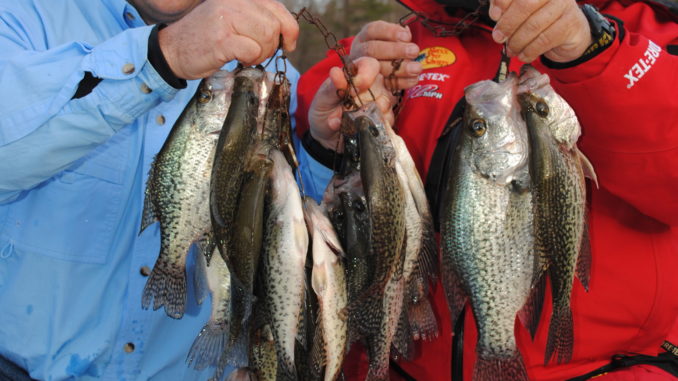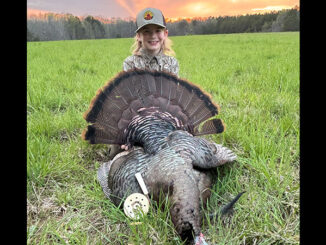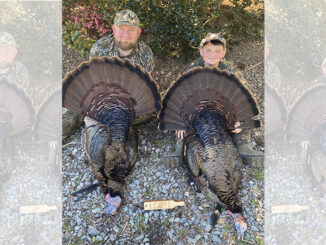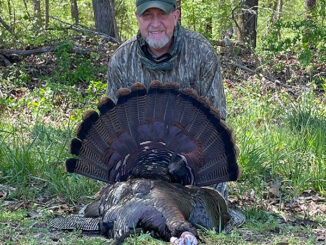
Discuss North Carolina’s best lakes for crappie, and Lake Norman would hardly be on the list, much last near the top.
But if you believe Jerry Neeley and Chris Nichols of Jerry’s Fishing Guide Service, the talk should include the lake former known as the “great dead sea.” The two Gaston County fishermen are convinced the crappie fishery has been given a new lease on life.
“It’s been about six years since anybody has really fished this lake for crappie,” said Neely. “People don’t know there are crappie in this lake like this.”
The first week of March, Neeley caught a slab crappie that weighed 3 pounds, 4 ounces. He and Nichols fished a few days later, and in there hours they caught about 65 keepers, including a dozen fish that weighed between a pound and a pound-and-a-half.
On a windy, cold Tuesday after a weather front brought almost two inches of rain to the watershed and dropped water temperatures four to six degrees, a trip still produced 50 slabs, 40 of them keepers and several well over a pound.
That’s the kind of action that might be expected and enjoyed on more-renowned crappie fisheries like High Rock Lake or Jordan Lake, but on Norman, it’s a pleasant surprise.
“Nobody has really been fishing this lake for crappie for years, so those fish have survived,” Nichols said. “The other thing that has brought them back has been the blueback herring. You never saw lots of bait when you went back in a creek, and now, you’re seeing a lot of 2- to 3-inch long bluebacks. You used to never see any bait on your (depthfinder) screen. Now, the blueback are providing a pretty good food source for the crappie, and their shape makes them easier to eat than a shad.
“Plus, you’ve got a lot more development around the lake, a lot more runoff; the whole food chain is getting fertilized. I don’t think the water is as clear as it used to be.”
And Neeley said that March is “prime time” to catch big numbers of crappie, because they’re concentrated in certain kinds of places before they spread out and head for the bank to spawn.
“In early March, they’re coming out of he main lake and into the creeks, starting to stage a little,” he said. “They get back in the creeks and get on brush, piers and points. They’ll move all the way back in the creeks by the end of March and get in shallow water.”
Neeley and Nichols have been catching most of their fish on mini-jigs around docks in 12 to 18 feet of water where schools of slabs are staging, moving back into the creeks.
“The water temperature tells you what stage they’re in,” Nichols said. “If it’s between 46 and 55, they’ll be moving out of the main river and into the creeks. When it gets to 58, they start moving back to spawn. At 60, they’re spawning; they spawn earlier than a lot of people think.
“Fifty-eight is the breaking point; they won’t go back before that, but when the temperature gets there, they’ll go to the bank and hold on anything they can find, like stumps or laydowns.”
Neeley said better fish are coming out of water that’s slightly stained, but muddy water can be trouble.





Be the first to comment